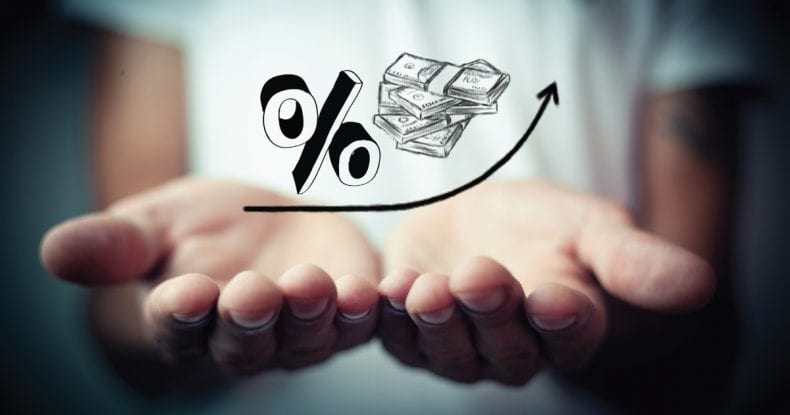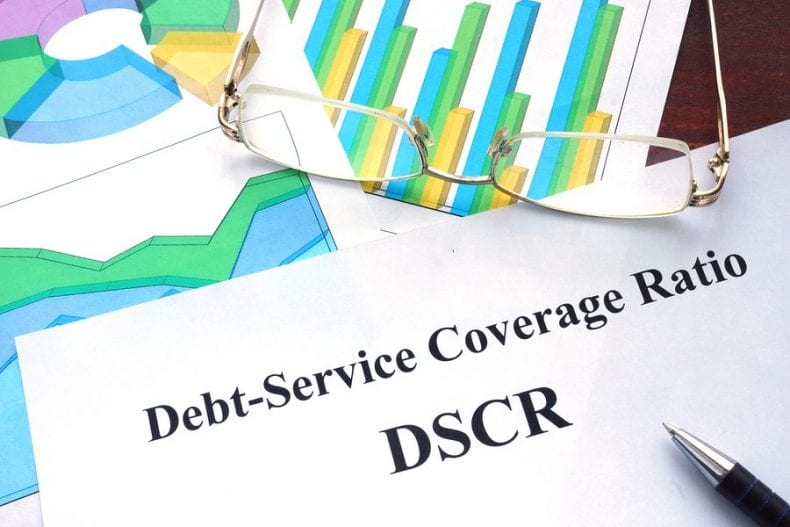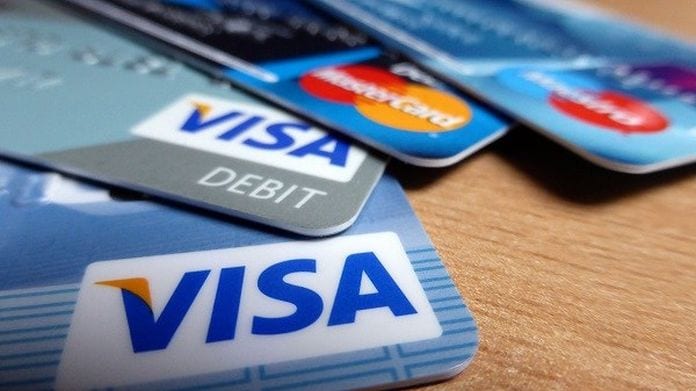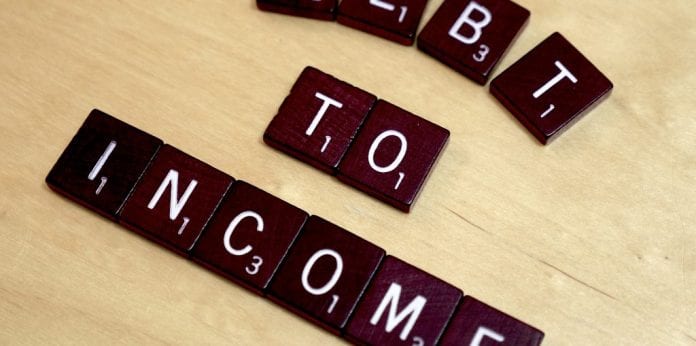Are you wondering if you qualify for a car loan or mortgage? Your eligibility for a loan depends on many factors. Usually, banks consider your credit score, monthly income, and age among others. It is essential that you tick all the boxes to present a favorable credit profile to banks and other lenders.
One of the most important eligibility criteria is your debt-to-income ratio. It is a strong indicator of your repayment ability and shows how much of your income goes towards repaying loans.
What is Debt-to-Income Ratio?

The debt-to-income ratio shows how much of your income is used to repay your existing loans or credit card bills. To calculate the ratio between your debt and your income, you need to add all your minimum monthly installments, divide it by your salary, and multiply it the result by hundred.
A high ratio means that you are devoting a major chunk of your income to debt repayment. This could impact your ability to pay for essentials which will, in turn, increase your dependency on loans and cards. A high percentage also limits your ability to take on any more loans because you are already stretched thin with your installments. Taking on more loans will put a strain on your finances.
While different banks have different requirements, ideally, your debt service ratio should be around 30%. Any number in this area shows that you are able to manage your debt while having sufficient funds to pay for your essentials and day-to-day expenses. A very low ratio, for example, less than 10%, does not necessarily mean a good thing. Lenders could consider your profile as inexperienced in handling debt.
When talking about your debt-to-income ratio, you must be sure not to confuse it with your credit utilisation. The ratio between how much money you have borrowed to your maximum credit limit is called credit utilisation ratio.
Tips on How You can Lower Your Debt Service Ratio

Pay Off Your Loans
Paying off your card bills or closing any outstanding loans will lower your DSR considerably. If you have multiple loans and hold 2 or more cards, you can begin by paying off one account at a time. You can do this by paying more than the minimum required amount each month.
There are two ways you could consider to repay your debt. The first is you identify the smallest loan and focus on clearing it off. This way you can close off smaller accounts faster, and focus on large loans.
Another solution is to concentrate on paying off the biggest loan first. This will free up your cash flow, allowing you to pay off small debts in full.
Lower the Rate of Interest on Your Credit Card

Credit cards often have some of the highest interest rates. If you have more than 2 cards to your name, you can consider opting for the balance transfer programme. You can transfer the outstanding balance of your credit card to one card at a low-interest rate. This will help you save on the rate of interest for multiple cards. Check if your card issuer offers a balance transfer programme. But remember that you will have to pay off the transferred balance within the stipulated time. If you fail to do so, you will end up paying higher finance charges.
You also have the option of requesting your bank to lower the interest rate on your card. You could be eligible for the revised interest rate if you have been making regular payments.
Bring Down Your Expenses
Understandably, it is not easy to close off a loan without an inflow of additional income. But what you can do is cut down on unnecessary expenses and start saving money. You can use your savings to close debts. Your first step will be to note down all your expenses, right from the smallest to the biggest. Look at some of the expenses that you can cut down or save on. Even the smallest effort to save money can make an impact in the long run.
Increase Your Income

Your debt-to-income ratio is inversely proportional to your income. This means that as your income increases, the ratio reduces, even if your debt remains the same. Increasing your gross salary can help you pay off your loan without putting a strain on your essential purchases.
You could consider changing your job to get a higher salary package. Even though it might be difficult, you could consider changing your field of work if there isn’t much potential for growth in your current profession.
Refinance Your Loans

One way of bringing down the interest on your loans is to refinance them. Refinancing is when you transfer an existing loan to a new lender at a lower rate of interest or extended tenure. This way, you can reduce your monthly payments, and utilise your savings to pay off your debt. If you have a secured loan, like a car loan, it could be a good idea to refinance. Generally, car loans are available at a lower rate interest than unsecured loans. You can further save on the interest with car refinancing. You can visit a financial site to find banks and other institutions that offer auto refinancing.
A healthy debt-to-income ratio is important in order to be eligible for a loan. Even if you are not applying for a new card or loan, you should ideally maintain your debt service ratio around 30%. This way you will make sure that your personal finances are not strained.
Author Bio:
Siddharth is a Content Marketing Journalist at BBazaar.my, an online consumer financial marketplace in Malaysia that will help Malaysians to make the smart choice and save money with personal financial matters. Stay tuned and learn about the current financial market and products including credit cards, personal loans, insurance and more.









